A Manual for me
Purpose: Share as a new community of practice is formed, so that we understand each other more deeply.
Step 1: Ask each participant to complete the manual in advance of meeting.
Step 2: Faciliate a discusson in small groups to read one anothers’ Manuals and reflect on what this tell them about how they will work best together.'
Using Powershift to map systemic barriers
Purpose: to map systemic barriers and solutions in a visual way.
Step 1: Collectively map existing systemic barriers
Step 2: Collective map existing interventions and/or possible interventions
Analyze: What can we do together that we can’t do alone?
e.g. systems mapping on Gender Based Violence Learning Lab. A network to support practitioners working on GBV across Nova Scotia in Canada.



